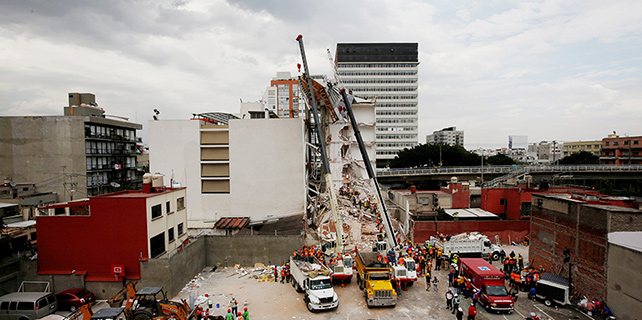Modern technology changing lives of Xinjiang farmers
URUMQI - Watering the farmland used to be a time-consuming job for Yu Changde and his family in their village in Xinjiang Uygur autonomous region. Now, irrigation is easy.
Living in Manas county, 110 km northwest of the regional capital Urumqi, 53-year-old Yu takes care of about seven hectares of land.
"A couple of years ago, my whole family had to participate in monitoring the irrigation process with spades to make sure the water went in the right way," Yu said.
Thanks to high-efficiency water-saving irrigation programs using high-tech equipment, farmers in Manas can now control irrigation through a mobile app.
In Xinjiang, agricultural modernization is not only making the lives of farmers easier, but raising their incomes and freeing more people from the land.
Yu said the modern irrigation system realized the accurate and automatic control of water, using less water than traditional irrigation by flooding the land.
Less water and higher efficiency means more income for farmers.
The county's water resource authority said that water-saving irrigation technology had increased incomes by 4,500 yuan ($683) per hectare.
Talking about water-saving irrigation technology, Yang Wansen, vice general manager of Xinjiang Tianye Water Saving Irrigation System, became talkative.
The company began researching the technology as early as 1999, and now its water-saving irrigation products are sold in most provincial regions in China and 17 other countries, covering a total area of 4.67 million hectares.
"Taking rice for instance, our products can reduce the needed water to about one-third of the water needed in traditional irrigation," Yang said.
The company also uses the technology to help green a mount opposite the Potala Palace in Tibet that had been barren due to lack of water.
Its products are easily spotted in the vast cotton fields in the city of Shihezi, where Tianye is headquartered.
Bian Yucai, a 48-year-old cotton grower in Shihezi, uses Tianye products.
Cotton growing and harvesting in his field has been fully mechanized since 2007.
A roaring cotton picking machine dips its jaw in his cotton field, removes the cotton from the bolls and collects them into a large container.
Bian is a driver of the picker and will help others to pick cotton during harvest season. Each machine harvests at least 33 hectares of cotton field a day.
"Picking the cotton in my field takes just three hours with this monster, but without it I would have to hire 30 people to pick for more than one month by hand," Bian said.
In the past, a farmer could barely manage two hectares of cotton land, but now handling 30 hectares is out of question, he added.
With the largest area of water-saving irrigation among all provincial regions, Xinjiang is on the path of agricultural modernization, as is the the whole country.
Last year, the region's average disposable income for rural residents rose 8 percent to 10,180 yuan, beating 10,000-yuan for the first time, though still lagging behind the national average of 12,363 yuan.
In 2016-2020, China aims to increase the area of high-efficiency water-saving irrigation by 6.67 million hectares to 24.6 million hectares, among which 15 percent of the new area will be in Xinjiang.
In Yu Changde's village, a small part of the farmland is still not covered by the smart water-saving irrigation.
"I hope the new technology will continue to expand and cover all the farmland," Yu said.






















